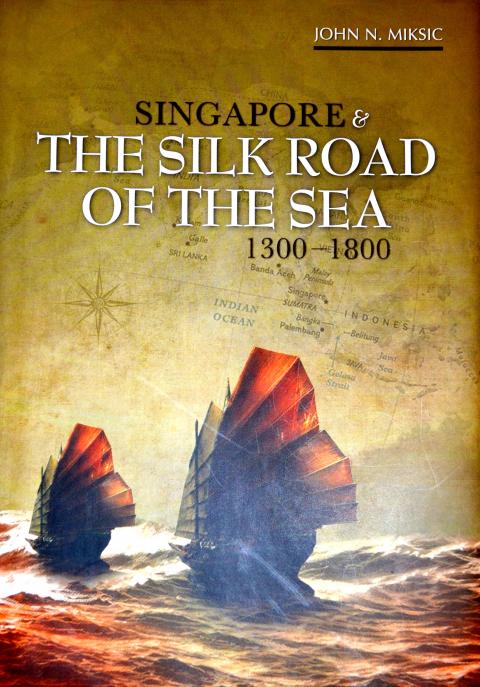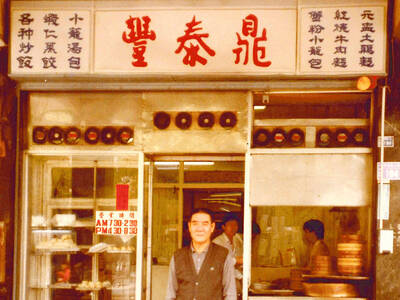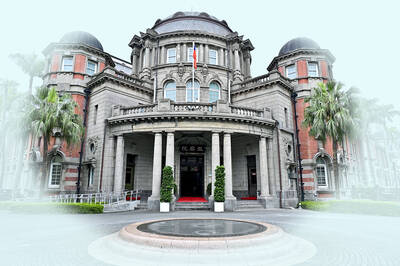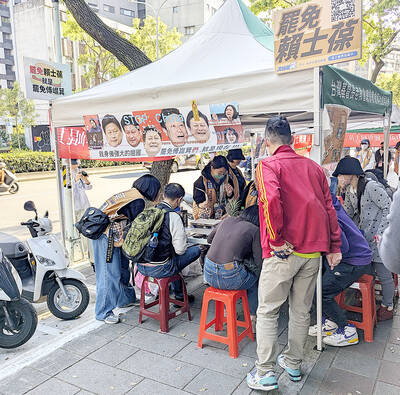Mention the name Singapore or the Silk Road and chances are vivid, picturesque images will immediately come to mind. Singapore suggests a rich modern maritime city, one that grew from a simple island through the efforts of a far-sighted Sir Stamford Raffles who obtained it for the British East India Company in 1819. The Silk Road, on the other hand, is seen to date much farther back. It conjures up images of age-old caravans snaking along a trade route that had linked East and West from the days of Han Dynasty China (206 BC to 220AD) and the Roman Empire. Yet a common misconception lies hidden here, namely that though the Silk Road had existed for millenia when Raffles “founded” Singapore, he took a barely inhabited island and made it into a stellar city. This is the misconception that John N. Miksic aims to dispel with Singapore and the Silk Road of the Sea 1300—1800.
Miksic, who teaches archaeology and history at the University of Singapore, does not dispute the claims of the “land silk route.” Instead, he sets about to show that land routes linking China, Southeast Asia, India and the Mediterranean were by no means the only ones. The Silk Road of the Sea dates back just as far, if not farther, and Singapore would prove to be a major player in that history. Situated at the eastern end of the Strait of Malacca, its location made it a vital trade port, instrumental in linking three seas: the South China Sea, the Java Sea and the Indian Ocean. And given the cargo capabilities of ships, the trade along this “Silk Road” could have more volume and be more frequent than land caravans.
Certainly when the early 16th century Portuguese first entered Asian waters, the question arose how they would find their way to the fabled but mysterious Spice Islands since these were totally uncharted waters for the West? Miksic’s first four chapters provide the answer. The trade routes were well in place as early as the 3rd or 4th century BC and very active. This trade never ceased. Miksic’s main focus, however, will be on the period of 1300 to 1800, Singapore’s heyday and the time before the arrival of Raffles. In that period the fortunes of Singapore rose and fell and Miksic, as an archaeologist can provide demonstrable proof.

Using the results of extensive excavations in Singapore, the book’s middle chapters leave little doubt as to the imports and exports that passed through this port city century to century. With about 25 years of archaeological research, innumerable artifacts have been discovered, some areas like St. Andrew’s Cathedral yielding a ratio of 519 items per cubic meter. Raffles was aware of this history from the Malay Annals and that proved instrumental in his selection. Other potential locations were available, but Singapore had history on its side, and, for the history-minded Raffles, that made it the perfect way station between India and China, the place to tap into an already existing network.
Singapore and its exemplary excavations are prominent in the book. But other informative points of interest are present as well. Passage through the Strait of Malacca stands in contrast to the more treacherous southern coast of Sumatra. Seasonal monsoons governed east-west movements. Multiple nations participated in trade but the earliest ships of the period were not Chinese but those of Malayo-Polynesians (read Austronesian). China entered once the Han Dynasty was established and had a vacillating on-again, off-again participation. The Yuan Dynasty did not have any compunction against trade, allowing Marco Polo to follow sea routes on his return to Europe. The succeeding Ming Dynasty restricted trade until the Yongle (永樂) Emperor reopened it, bringing Zheng He (鄭和) and his fleets temporarily into the picture, but then China withdrew. Western control of the strait would first go to the Portuguese and then the Dutch who weakened Singapore’s role by requiring trade to stop at Batavia. Raffles and the British would bring it back to life.
The final chapters of the book expand the details of this vast trade network by placing Singapore in the context of its trading neighbors. Miksic’s one regret is that while trade extended from Japan’s southern Ryukyu Islands to Madagascar, none of the locations along those routes have comparable excavations allowing him to measure how large Singapore was in comparison. This seminal book encourages such, and also opens the door for future historical books and even novelists to expound on the vast history of the Silk Road of the Sea, a point that Taiwanese readers with their own Austronesian past can relate to.

March 24 to March 30 When Yang Bing-yi (楊秉彝) needed a name for his new cooking oil shop in 1958, he first thought of honoring his previous employer, Heng Tai Fung (恆泰豐). The owner, Wang Yi-fu (王伊夫), had taken care of him over the previous 10 years, shortly after the native of Shanxi Province arrived in Taiwan in 1948 as a penniless 21 year old. His oil supplier was called Din Mei (鼎美), so he simply combined the names. Over the next decade, Yang and his wife Lai Pen-mei (賴盆妹) built up a booming business delivering oil to shops and

The Taipei Times last week reported that the Control Yuan said it had been “left with no choice” but to ask the Constitutional Court to rule on the constitutionality of the central government budget, which left it without a budget. Lost in the outrage over the cuts to defense and to the Constitutional Court were the cuts to the Control Yuan, whose operating budget was slashed by 96 percent. It is unable even to pay its utility bills, and in the press conference it convened on the issue, said that its department directors were paying out of pocket for gasoline

On March 13 President William Lai (賴清德) gave a national security speech noting the 20th year since the passing of China’s Anti-Secession Law (反分裂國家法) in March 2005 that laid the legal groundwork for an invasion of Taiwan. That law, and other subsequent ones, are merely political theater created by the Chinese Communist Party (CCP) to have something to point to so they can claim “we have to do it, it is the law.” The president’s speech was somber and said: “By its actions, China already satisfies the definition of a ‘foreign hostile force’ as provided in the Anti-Infiltration Act, which unlike

Mirror mirror on the wall, what’s the fairest Disney live-action remake of them all? Wait, mirror. Hold on a second. Maybe choosing from the likes of Alice in Wonderland (2010), Mulan (2020) and The Lion King (2019) isn’t such a good idea. Mirror, on second thought, what’s on Netflix? Even the most devoted fans would have to acknowledge that these have not been the most illustrious illustrations of Disney magic. At their best (Pete’s Dragon? Cinderella?) they breathe life into old classics that could use a little updating. At their worst, well, blue Will Smith. Given the rapacious rate of remakes in modern